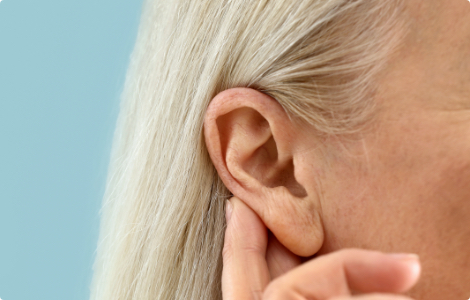Resources
We’re here for you through every phase of your hearing journey; and we’re committed to making every step as easy as possible. Whether you’re looking for hearing information or prepping for your first appointment, this page has you covered.
Patient Links
Everything you need, all in one place.
Below you’ll find everything you need for before, during and after your visit, as well as additional information on hearing healthcare.
Online Hearing Screening
Think You Might Have Hearing Loss?
Take our free, five-minute online screening to get a better understanding of your hearing health. It can determine if a professional evaluation is right for you.
Hearing Loss
What Exactly is Hearing Loss?
Hearing loss is the total or partial inability to hear sounds in one or both ears. It happens as a result of the aging process, noise exposure or other health conditions. A diagnostic evaluation is the best way to identify your degree of hearing loss and develop the best treatment plan.


Do you have questions about hearing aids? Our Consumer Guide to Hearing Aids provides an in-depth breakdown of the different types of hearing devices, as well as the technology available for all forms of hearing loss.
More on Guide to Hearing AidsHearing loss is extremely common. So common, in fact, that it affects one in five American teenagers and young adults, one in three adults aged 60-74 and half of all adults 75 or older.
More on Hearing Loss OverviewIf you suspect hearing loss, getting evaluated and treated early is the best thing you can do to prevent further deterioration. Untreated hearing loss can negatively impact your psychological, cognitive and physical health, as well as affect your ability to socialize and connect with the world around you.
More on Impacts of Untreated Hearing LossWhen it comes to hearing loss, no two people are exactly alike. Hearing loss varies in severity and can be impacted differently depending on pitch and frequency. Identifying your unique type of hearing loss is key to developing the best treatment plan for your needs.
More on Types of Hearing LossTinnitus
Buzzing, whirring or ringing in your ears? It could be tinnitus.
Tinnitus is described as unwanted noises in one or both ears. It’s a common, yet frustrating condition that can dramatically impact quality of life. Luckily, many patients have found relief through treatments that effectively ease their symptoms.

